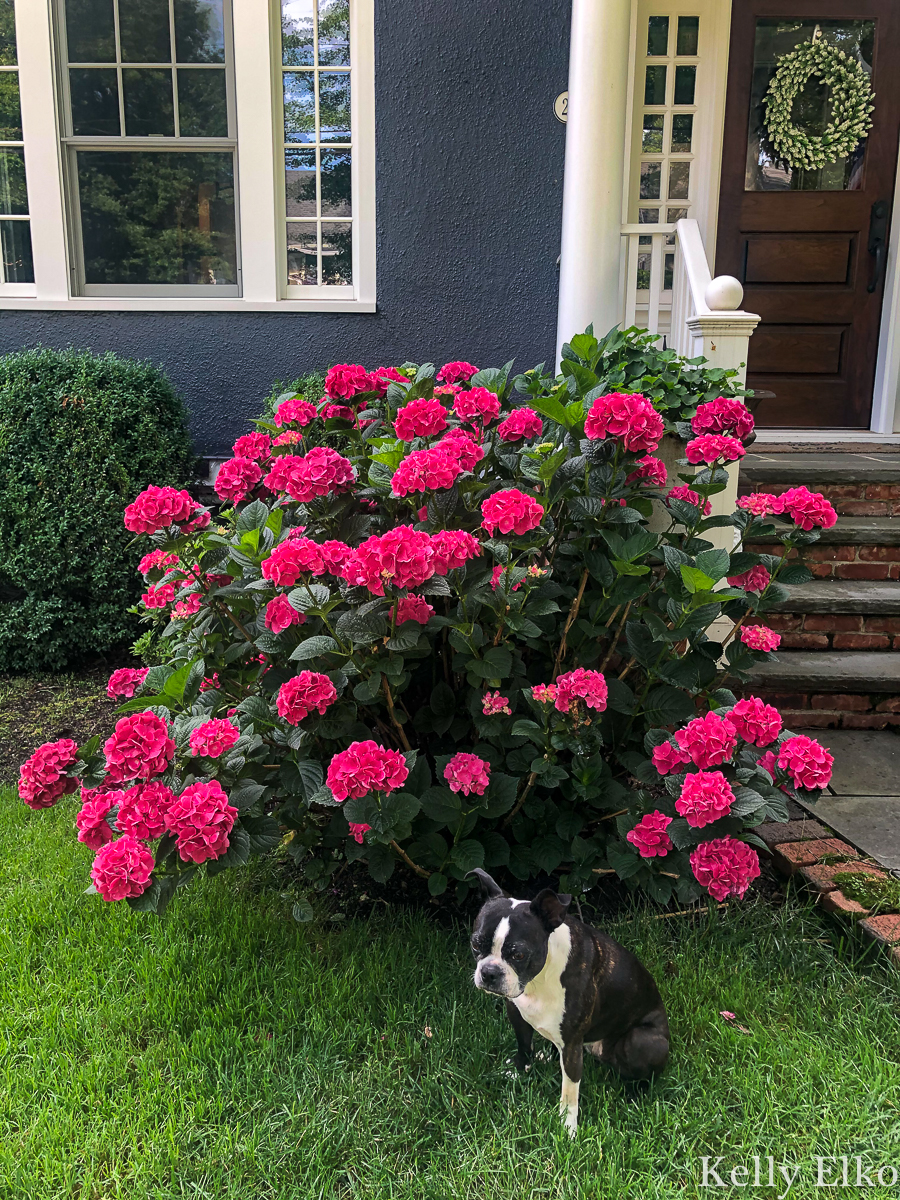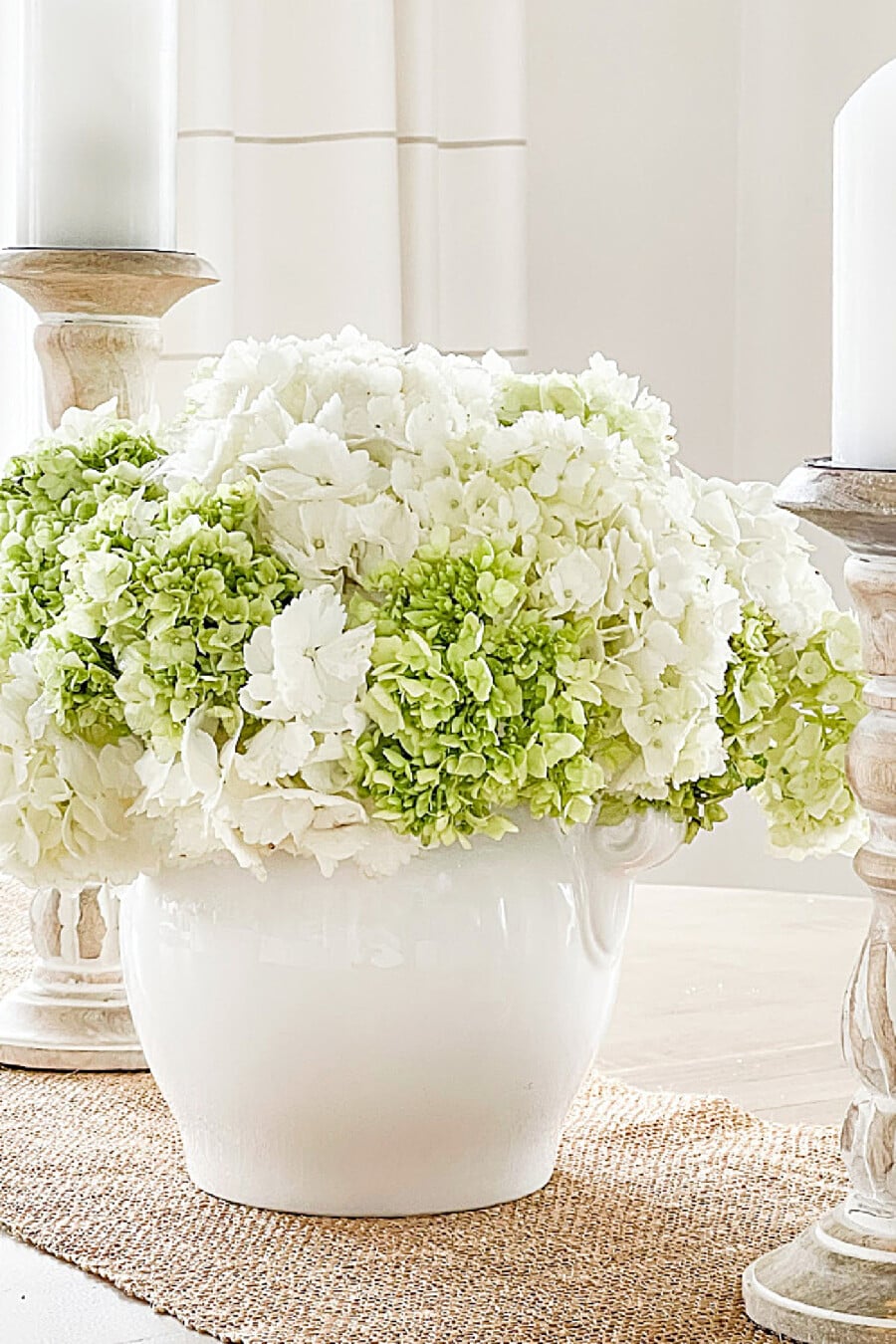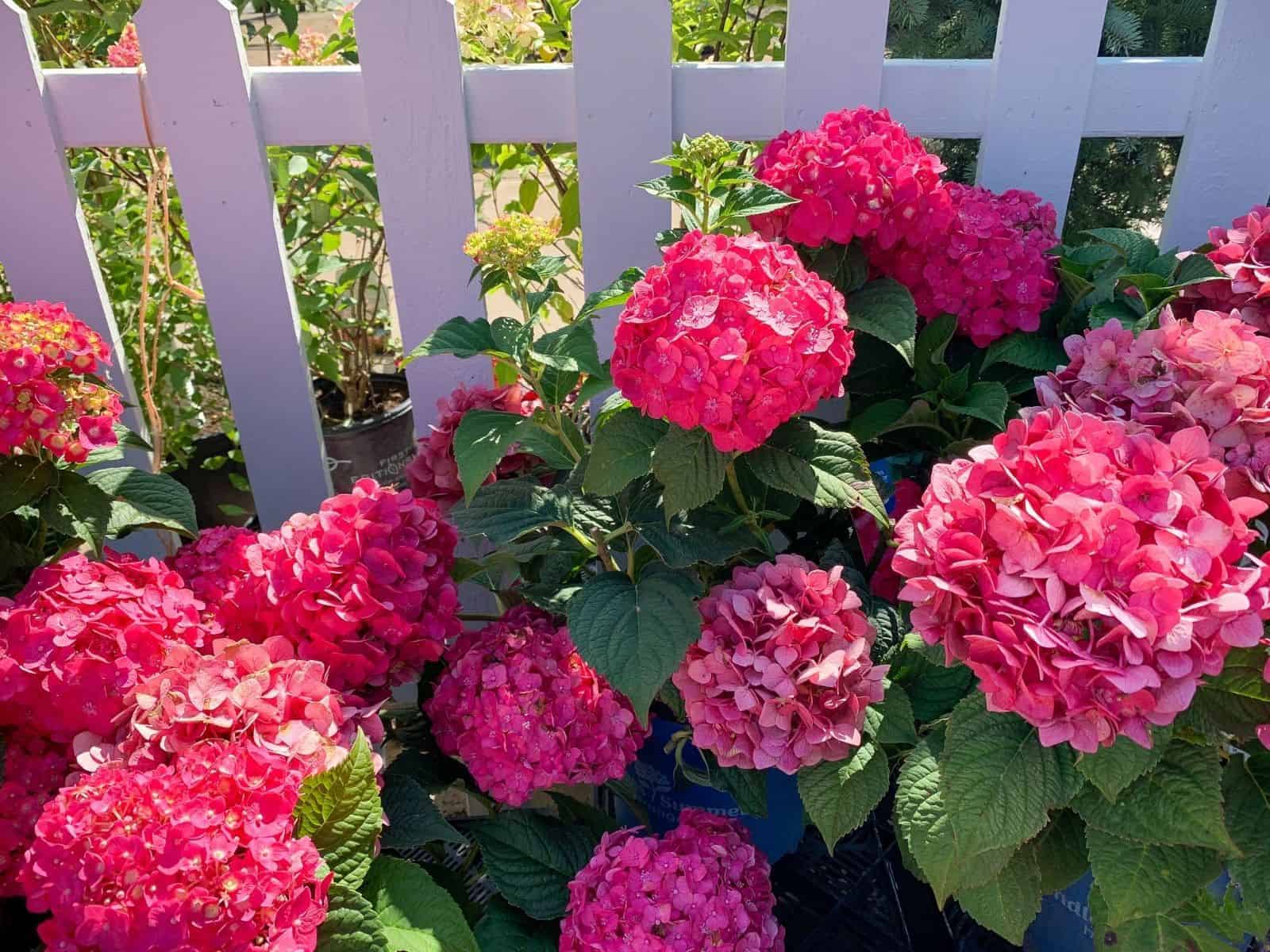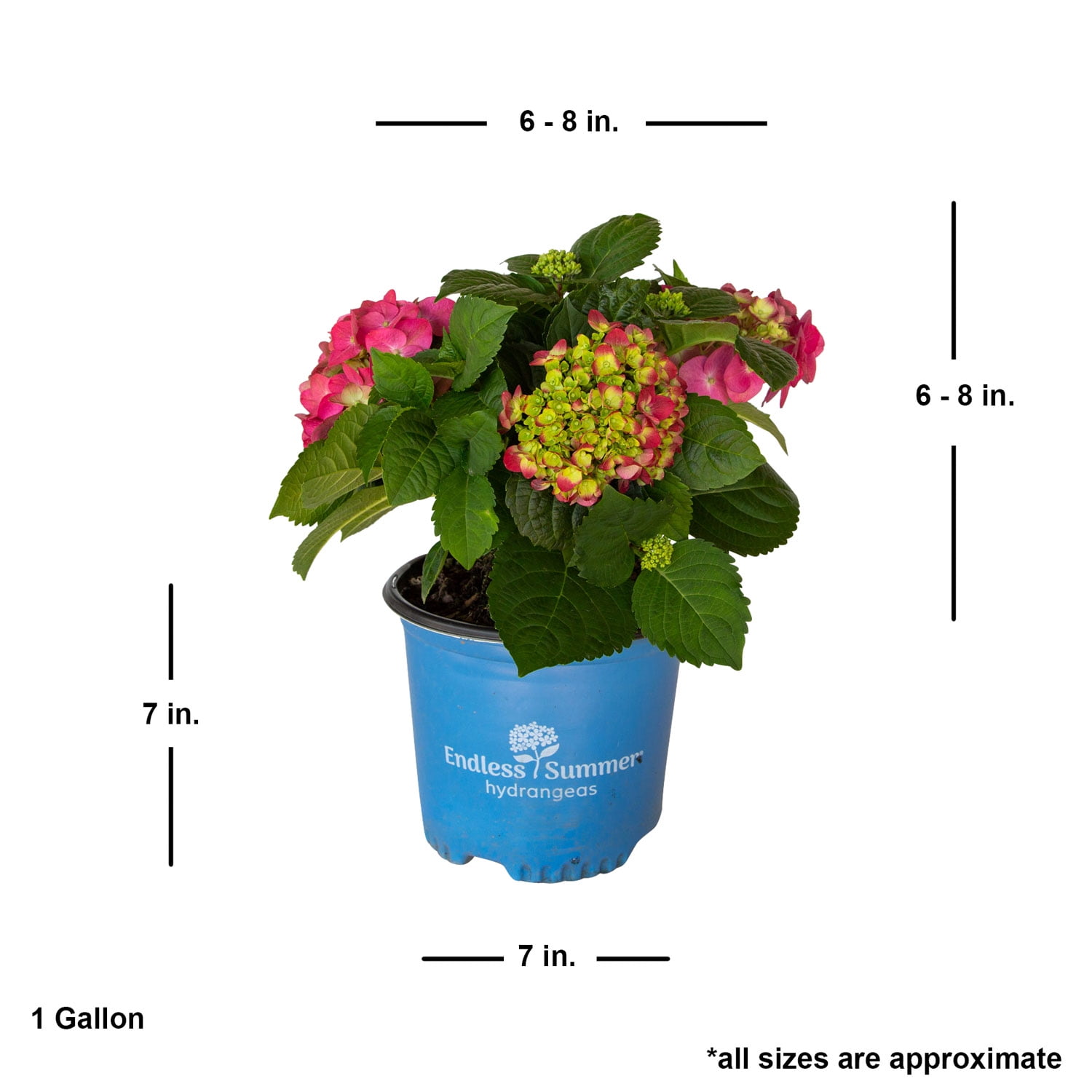Hydrangea Summer Crush: The Ultimate Guide To Growing And Caring For This Stunning Shrub
Introduction
Hydrangeas are some of the most popular and beloved flowering shrubs in the world. They come in a wide variety of colors, sizes, and shapes, and they can be grown in a variety of climates. One of the most popular hydrangea varieties is Hydrangea macrophylla Summer Crush. This shrub is known for its beautiful, deep purple flowers that bloom from late spring to early fall.
In this blog post, we will provide an ultimate guide to growing and caring for Hydrangea Summer Crush. We will cover everything from choosing the right location to planting and watering to pruning and fertilizing. By following these tips, you can ensure that your Hydrangea Summer Crush will thrive for many years to come.
Choosing the Right Location
Hydrangea Summer Crush is a relatively easy-care shrub, but it does have some specific requirements when it comes to location. The best place to plant a Hydrangea Summer Crush is in a spot that receives partial to full sun. Too much sun can scorch the leaves, while too little sun will prevent the flowers from blooming to their full potential.
The soil should be well-drained and slightly acidic. If your soil is alkaline, you can add some peat moss or sulfur to acidify it. Hydrangea Summer Crush also does well in containers, as long as the container is large enough to accommodate the mature size of the shrub.
Planting
Once you have chosen the right location, it is time to plant your Hydrangea Summer Crush. Dig a hole that is twice as wide and as deep as the root ball of the plant. Add some compost or other organic matter to the bottom of the hole, and then set the plant in the hole. Backfill the hole with soil, and water the plant thoroughly.
Watering
Hydrangea Summer Crush needs regular watering, especially during the first year after planting. Water the plant deeply once a week, or more often if the weather is hot and dry. Once the plant is established, it will need less frequent watering.
Pruning
Hydrangea Summer Crush should be pruned in early spring, before the new growth starts. Prune back any dead, diseased, or damaged branches. You can also prune back any branches that are crossing or rubbing against each other.
To encourage more blooms, you can prune back the flower heads after they have finished blooming. This will help the plant to focus its energy on producing new flowers.
Fertilizing
Hydrangea Summer Crush should be fertilized in early spring and again in late summer. Use a balanced fertilizer, such as 10-10-10. You can also use a fertilizer specifically formulated for hydrangeas.
Pests and Diseases
Hydrangea Summer Crush is relatively resistant to pests and diseases. However, it can be susceptible to aphids, scale, and powdery mildew. If you notice any pests or diseases, you can treat them with an appropriate pesticide or fungicide.
Conclusion
With proper care, Hydrangea Summer Crush can be a beautiful and long-lived addition to your garden. By following the tips in this blog post, you can ensure that your plant will thrive for many years to come.
If you're interested in learning more about hydrangea summer crush, I recommend visiting Home Gardening. This website has a wealth of information about this unique hydrangea, including its history, care requirements, and planting tips. You can also find photos of different summer crush hydrangeas in bloom, so you can get an idea of what they look like in your garden.
FAQ of hydrangea summer crush
What is Hydrangea Summer Crush?
Hydrangea Summer Crush is a type of hydrangea that is known for its vibrant pink and blue flowers. It is a popular choice for gardens because it is relatively easy to care for and blooms for a long period of time.
What are the best conditions for growing Hydrangea Summer Crush?
Hydrangea Summer Crush prefers part shade, but can tolerate full sun in cooler climates. It does best in moist, well-drained soil with a pH of 5.5-6.5.
What are the different colors of Hydrangea Summer Crush?
The color of Hydrangea Summer Crush flowers depends on the pH of the soil. In acidic soil, the flowers will be blue or lavender. In neutral or alkaline soil, the flowers will be pink or red.
How do I care for Hydrangea Summer Crush?
Hydrangea Summer Crush is relatively easy to care for. Water it regularly, especially during hot, dry weather. Fertilize it in the spring with a balanced fertilizer. Deadhead spent flowers to encourage new blooms.
What are some common pests and diseases of Hydrangea Summer Crush?
Aphids, scale insects, and powdery mildew are some of the most common pests and diseases of Hydrangea Summer Crush. If you see any of these problems, treat them promptly with an appropriate insecticide or fungicide.
Where can I buy Hydrangea Summer Crush?
Hydrangea Summer Crush is available at most garden centers and online retailers.
Image of hydrangea summer crush
This image shows a beautiful hydrangea summer crush in full bloom. The flowers are a deep raspberry pink color, and they are arranged in large, cascading clusters. The leaves are a deep green color, and they provide a perfect backdrop for the flowers.
This image shows a hydrangea summer crush growing in partial shade. The flowers are a lighter pink color in this setting, and they have a more delicate appearance. The leaves are a lighter green color, and they are more translucent.
This image shows a hydrangea summer crush growing in a flowerbed. The flowers are a vibrant pink color, and they are surrounded by a variety of other flowers, including roses, lilies, and daisies. The leaves are a deep green color, and they provide a lush backdrop for the flowers.
This image shows a hydrangea summer crush growing against a white fence. The flowers are a deep pink color, and they contrast beautifully with the white fence. The leaves are a deep green color, and they provide a pop of color against the white fence.
This image shows a hydrangea summer crush in a vase. The flowers are a vibrant pink color, and they are arranged in a cascading display. The leaves are a deep green color, and they provide a touch of elegance to the vase.
This image shows a hydrangea summer crush as a centerpiece on a table. The flowers are a deep pink color, and they are arranged in a large, cascading cluster. The leaves are a deep green color, and they provide a touch of elegance to the table.
This image shows a hydrangea summer crush as a border plant. The flowers are a vibrant pink color, and they are planted in a row along a walkway. The leaves are a deep green color, and they provide a touch of color to the walkway.
This image shows a hydrangea summer crush as a background plant. The flowers are a deep pink color, and they are planted in the back of a flowerbed. The leaves are a deep green color, and they provide a lush backdrop for the other flowers in the flowerbed.
This image shows a hydrangea summer crush as a patio plant. The flowers are a vibrant pink color, and they are planted in a pot on a patio. The leaves are a deep green color, and they provide a touch of color to the patio.
This image shows a hydrangea summer crush as a gift. The flowers are a deep pink color, and they are arranged in a vase. The leaves are a deep green color, and they provide a touch of elegance to the vase.






Post a Comment for "Hydrangea Summer Crush: The Ultimate Guide To Growing And Caring For This Stunning Shrub"